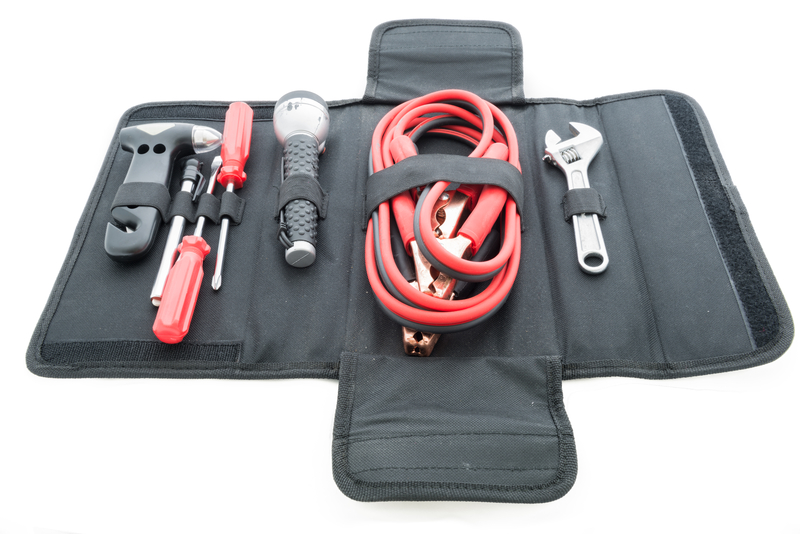Seven Accessories for Fall Driving

Autumn poses plenty of new challenges for drivers. The weather shifts, the sun sits differently in the sky, and the rain and fog returns.
Drivers would be wise to pick up these seven accessories in the fall before the unpredictable weather hits this winter:
Wiper Blades: Windshield wiper blades aren’t used for much of the year, so it’s easy to forget about them. A fall storm could be the first time you flip on the windshield wipers in months, only to see your windshield coated with a mucky haze of dirt and grime. Wipers can be damaged by sun and exposure to harsh weather, trips to the car wash, road debris, even the ozone layer, drying out the rubber element and causing it to crack and fray. Knowing the make, model and year of your vehicle can help you find the size of replacement blades at your local automotive store or dealer.
LED Flashlight: Superior to traditional bulbs, LED lights provide long-lasting, consistent, and powerful beams of light. LED flashlights are available for camping, tactical, and military use.
Reflective Vest: Don’t be caught stranded on the side of the road without one. A reflective vest alerts other drivers to your presence and can be a life-saving accessory, especially at night or in foul weather.
Jumper Cables: These should already be in your trunk, but now’s the time to grab a set in case you don’t. Those first cold mornings after a long, hot summer can spell death for a battery. Jumper cables can help you restart the car and get to a service center.
Cell Phone Charger: Keep a backup charger and cord in your glovebox or trunk. It’s always helpful to have an extra in case of an emergency.
Recently Inspected Spare Tire: Imagine getting a flat tire only to discover the spare is deflated, too. Swing by a service center to have your spare inspected and reinflated, if necessary.
Portable Battery Charger: Portable battery chargers are either powered by lead-acid batteries (same as what’s under your hood) or lithium-ion batteries (the ones that in your mobile devices). Models built on lead-acid batteries are bulky and often unwieldy, but typically last longer between charges than their lithium-ion counterparts. The lead-acid versions sometimes include a 120-volt electrical outlet, which increases the device’s versatility. Lithium-ion-powered models are the size of a smartphone. They can be stored in the glove box or sit in the center console, charging your mobile devices from a USB port (if it has one).